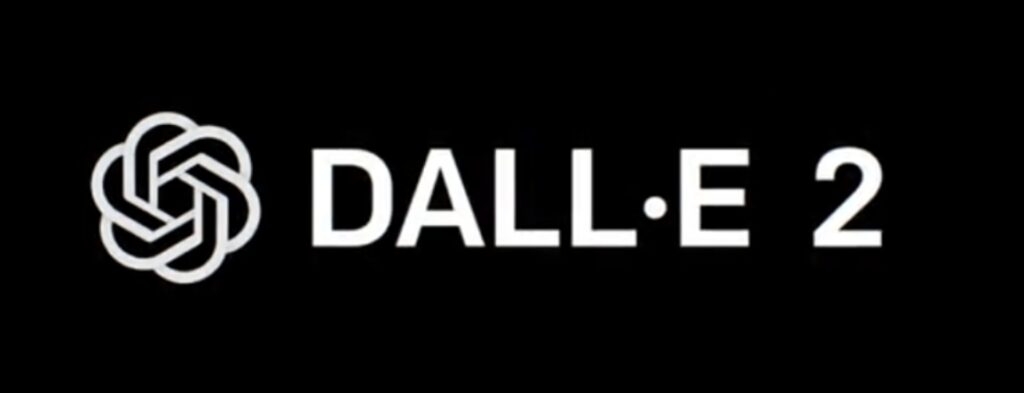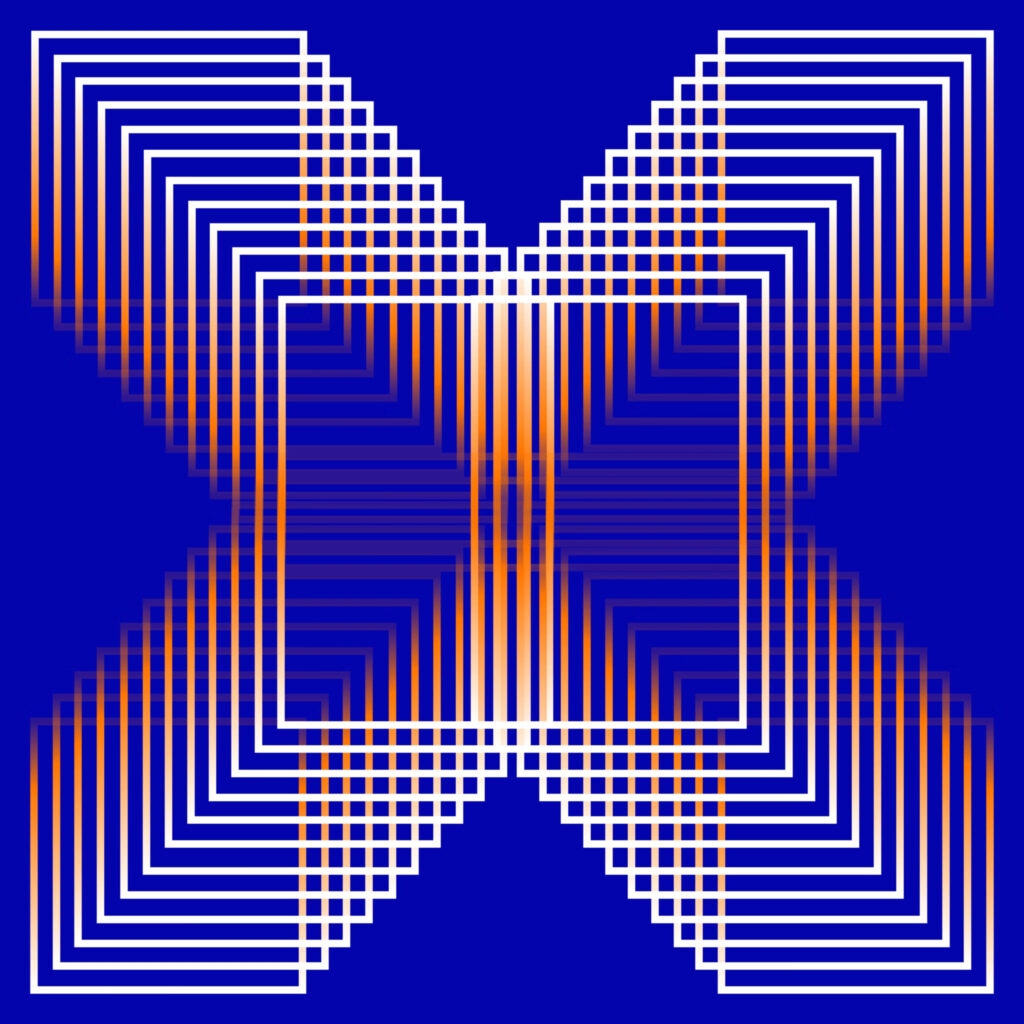Despite receiving a lot of media attention for its language models, such as GPT-3 and ChatGPT, OpenAI’s research goes far beyond natural language processing. This blog post will discuss the top five unbelievable OpenAI developments that go beyond ChatGPT. The findings of OpenAI’s study have broad ramifications for a variety of sectors and areas, from robots to gaming to climate change. We’ll get into the specifics of each breakthrough, outlining what it is, why it’s significant, and how it could affect AI and other fields in the future. So, whether you’re an experienced AI expert or just interested in the newest technological developments, this article is for you. Join us as we explore some of the most impressive innovations from OpenAI and see how they are influencing the direction of artificial intelligence.
Top Developments of Open AI
1. ChatGPT
The most demanded platform of 2023, ChatGPT, has taken the internet drastically; there are 100s of articles about ChatGPT, and there is nothing to say new about the most successful product of Open AI. But here is an overview. To those who aren’t aware, OpenAI-developed ChatGPT is a sizable language model built on the GPT-3.5 architecture. This language model was developed to be able to comprehend human language and respond to it in a natural and interesting manner, much like how people converse with one another. A deep neural network that has been trained on a sizable volume of text from the internet forms the foundation of ChatGPT’s design. This training data comes from a variety of sources, including books, journals, and websites, giving ChatGPT access to a huge body of knowledge on a wide range of subjects. This implies that ChatGPT can respond intelligently to a variety of concerns, from straightforward factual inquiries to more intricate philosophical conversations. Grammarly’s sound and semantically relevant writing may be generated by ChatGPT, which is one of its key benefits. The model can comprehend the context and meaning of the text it is processing thanks to the usage of a transformer-based design. As a result, ChatGPT can provide replies that are logical and pertinent to the user’s input, and it can even carry on a discussion through numerous rounds. The extensive variety of NLP tasks that ChatGPT is also capable of doing include sentiment analysis, text summarization, and language translation. This makes it a useful tool for companies and other organizations that must examine a lot of textual data. Overall, ChatGPT is one of the highly demanded AI of 2023, and standing as one of the most successful products of Open AI that has taken the internet since its launch; however, it can take various small-scale writing jobs, so writers have to improve their skills day by day.
2. DALL-E 2
Secondly, the successful product from Open AI, a neural network-based image-generating system DALL-E 2, was created by OpenAI. The name “DALL-E,” which alludes to the system’s capacity to produce fantastical and innovative visuals, is a mix of the works of the renowned artist Salvador Dali and Pixar’s WALL-E. The success of DALL-E 1, which was trained on a dataset of text descriptions and was able to produce high-quality pictures based on those descriptions, is the foundation for DALL-E 2. However, DALL-E 2 generates even more impressive and varied images thanks to the use of a much larger dataset of text descriptions and images. Over a billion images and the corresponding text descriptions make up the DALL-E 2 training dataset. This information is used by the system to learn how to create visuals that correspond to particular text descriptions. Depending on the supplied text, DALL-E 2 can produce visuals that are incredibly realistic, weird, or even funny. The capacity of DALL-E 2 to produce images that mix several concepts mentioned in the input text is one of its most outstanding capabilities. For instance, if the input phrase refers to a “cactus sofa,” DALL-E 2 can produce a picture of a couch constructed of cactus plants. Similar to this, DALL-E 2 may produce a picture of a skyscraper in the shape of a treehouse if the supplied text refers to a “treehouse skyscraper.” DALL-E 2 has the potential to change a variety of sectors completely and marks a substantial improvement in the field of neural network-based picture production. However, it is crucial to ensure that such technology is used responsibly and to carefully consider the ethical implications of doing so.
3. Codex
The new AI model called Codex, developed by OpenAI, is intended to revolutionize how humans engage with technology. The model, which is based on GPT-3 and trained on a sizable dataset of several programming languages and code samples, can comprehend and produce code in various programming languages. A more seamless and natural relationship between people and technology is what Codex aims to achieve. In order to do this, users may specify a job in plain language, and then the necessary code is generated automatically. Due to the fact that they no longer need to manually write code from the start or spend hours looking for the appropriate code snippet, both developers and non-developers may significantly reduce their time and effort investment. From software development to healthcare to banking, Codex offers various possible uses. It may be used, for instance, to automatically produce code for creating websites, mobile applications, and other software programs. It is a crucial tool for companies that rely on data-driven decision-making since it can automate processes like data analysis and report preparation. The capability of Codex to comprehend natural language is one of its main features. This implies that using the tool doesn’t need users to have a thorough grasp of programming languages or code syntax. Instead, users may use simple English to express what they want to do, and Codex will create the necessary code on its own. Codex has been made accessible by OpenAI through a number of APIs and integrations, such as GitHub’s Copilot, a code completion tool that suggests code snippets as users type. The programming community has reacted to this integration in different ways, with some applauding its capacity to speed up development operations and others expressing fear that Codex may eventually replace human programmers. Despite this, Codex has the power to completely alter how we use technology and how we approach programming. It might democratize programming and make it more accessible to a larger spectrum of people by enabling more natural and intuitive interactions between humans and machines.
4. MuseNet
MuseNet is an artificial intelligence for music creation from classical to modern pop music; the system is built to produce music in a variety of styles and genres. In order to understand the patterns and structures of music across many genres and styles, MuseNet employs a deep neural network design. The system was trained using a sizable dataset of MIDI files, enabling it to pick up on the subtleties and complexities of many musical genres and styles. MuseNet’s capacity to produce music that is both creative and artistically consistent is one of its primary strengths. This implies that the music it produces can have both distinctive and original components yet still be recognized as being a part of a certain genre or style. MuseNet has a wide range of uses, including producing creative compositions and soundtracks for movies, video games, and other media. Additionally, it can be employed as a tool for investigating and experimenting with various musical structures and idioms. Users of MuseNet can enter a melody or chord progression to serve as the foundation for a finished musical creation. Users may also modify the pace, key, and instrumentation of the music that is created. Both artists and AI researchers have praised MuseNet widely, praising it as a significant advancement in the fields of artificial intelligence and music. A number of musicians and artists have utilized the system to produce creative works, and academic study has also used it to examine the connection between AI and music. The possible effects of AI-generated music on the music business and the position of human musicians, however, are also a source of worry. While some critics contend that AI-generated music could displace live performers, others view it as a tool for creativity and collaboration. Overall, MuseNet represents a significant development in the area of artificial intelligence-generated music and has the potential to revolutionize both the production and enjoyment of music.
5. Triton
OpenAI created Triton, a highly efficient deep-learning compiler stack. It is intended to speed up deep neural network training and inference on a variety of hardware platforms, including CPUs, GPUs, and specialized accelerators. The Triton stack is constructed on top of the well-known open-source compiler infrastructure known as LLVM. It offers a single interface for describing a deep neural network’s computational graph and automatically creates low-level code that is well-optimized for a variety of hardware targets. Triton’s support for mixed precision training, which enables training with decreased precision (such as 16-bit floating-point) to significantly speed up and save memory without compromising accuracy, is one of its standout features. To make sure that the model quality is not jeopardized by reduced precision training, Triton employs a combination of automatic and human precision tuning. Triton’s support for dynamic batching, which enables the effective use of hardware resources by processing many inputs in parallel, is another key feature. Based on the qualities of the input data and the hardware resources available, Triton can automatically optimize the batch size. Along with memory and computation optimizations, Triton also features tensor packing, kernel fusion, and tensor core utilization. On a variety of hardware platforms, these optimizations can further enhance the performance of deep learning workloads. Triton offers a collection of Python APIs for creating and refining deep neural networks in addition to the compiler stack. These APIs offer a high-level interface for setting the network architecture and training parameters and are designed to be interoperable with well-known deep learning frameworks like TensorFlow and PyTorch.
Wrapping it All
In conclusion, OpenAI has advanced beyond ChatGPT in several genuinely astonishing ways. OpenAI has been at the forefront of these breakthroughs in the field of AI, which has been developing at an astounding rate. The revolutionary work being done at OpenAI is demonstrated by the five advances we have examined in this blog post. The first development we discussed was OpenAI’s ChatGPT, which was able to generate human-like text on a scale never before seen. The second development, DALL-E 2, was a significant step forward in AI’s ability to generate images based on textual input. The third development, OpenAI Codex, is poised to revolutionize coding and programming by making it more accessible to the general public. The fourth development was MuseNet which has an incredible skill to compose music in a fraction of a second, and lastly, we have discussed Triton, which is intended to speed up deep neural network training and inference on a variety of hardware platforms. It is intriguing to speculate about what the future may contain as OpenAI is pushing the limits of what is possible with AI. We could witness increasingly more sophisticated AI systems that are better able to comprehend and adapt to our environment. The ultimate objective of OpenAI and other AI researchers is to build computers that can think and behave identically to humans. Even while that objective may still be far off, it is obvious that OpenAI is making amazing strides in that direction. Further Reading:
5 Best AI Image Generators How is Auto-GPT Different from ChatGPT? 10 Coolest Things you can do with ChatGPT Generate DALL-E AI images for Free Using Bing Ai Image Creator




